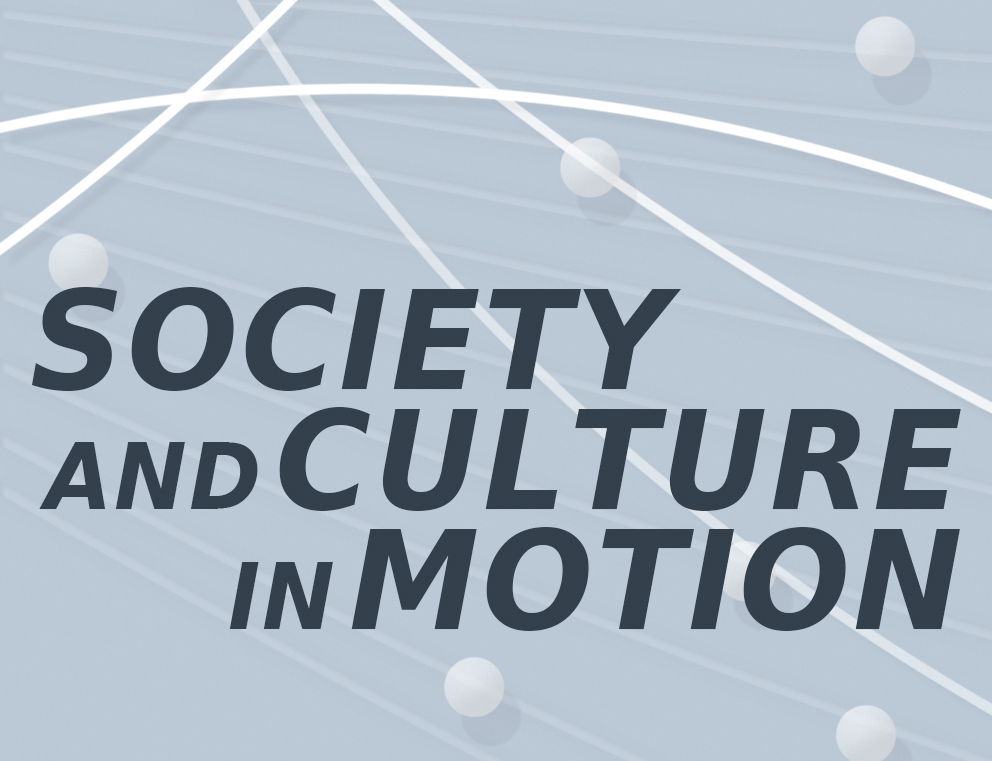Constructing Heritage: Re-Evaluating the Biodiversity of Rodrigues Island for Tourism Development 02.-04.06.10
Report from the first international conference of the UNESCO/UNITWIN-Network “World Heritage and Tourism: Managing for the Local and the Global”, Québec City, Canada
It was the 2001 study by the international consulting firm Deloitte&Touche that first acknowledged the potential of Rodrigues Island as a site for nature and community based tourism development. Inscription on the World Heritage List was named as a central promotional device. A strong argument was made for conserving, protecting and recreating its particular biodiversity.
The 120km2 island of Rodrigues is a dependency of Mauritius, located in the southwest Indian Ocean. The income of its roughly 35.000 inhabitants is largely based on agriculture, fishing, and financial benefits from its ‘motherisland’. Its biodiversity – its endemic birds, large caves, beaches and 220 km2 lagoon with tropical fishes and colourful corals – may be key for promoting tourism. But it has suffered from cyclones, over-fishing and mismanagement that has already destroyed parts of the fragile coral reef. Numerous regional, national and international organisations have been called for help. Among them, the Mauritian Wildlife Foundation (MWF) is to recreate the endemic forest of Grande Montagne and modernise the bird reservoir on Île Cocos, one of the islets within the lagoon, equipped with paths and tour guides for visitors. International trainers and team builders have come and gone, financed by the United Nations Development Programme (UNDP) among others. Workshops have been organised with farmers, fishermen, tour operators, dive and surf instructors, gîte and hotel owners. Participants were to discuss what could be done to protect the biodiversity of the island and what should be done to help the local population find new jobs, i.e. give people a different perspective for a life based on tourist promotion and environmental protection.
In my conference paper, I presented ethnographic methods and discussed my experience as participant observer during meetings of local entrepreneurs, international trainers and tourism operators. Drawing on film and interview material collected in 2009, I outlined the dynamic processes and multi-layered relationships between them. Some of the critical questions raised included: How are these people to recreate the biodiversity of Rodrigues for tourism promotion, poverty alleviation and community cohesion? How does this affect and reshape local, regional and national identities? Of particular importance to my analysis was the question of how the biodiversity of the island comes to be perceived as heritage in the first place. How did the local population learn to accept its ‘natural’ environment as something that needs to be protected under international rules and regulations? How are forms of Rodriguan culture brought in line with globalist understandings of World Heritage?


